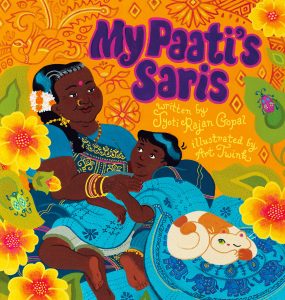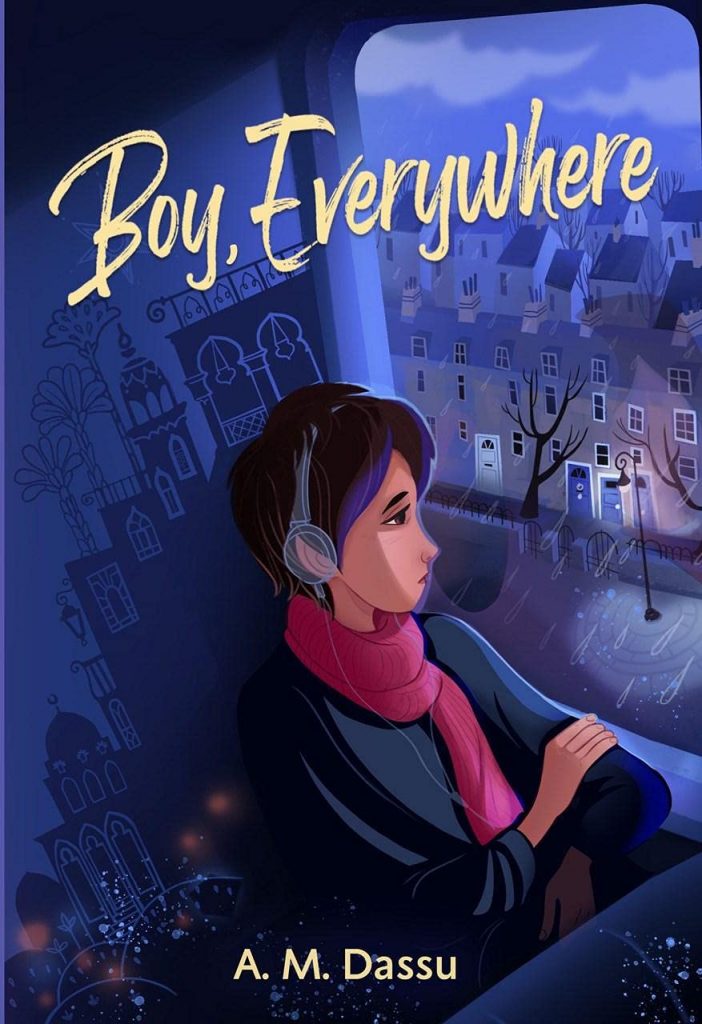by Kathy G. Short, University of Arizona, Tucson, AZ
 The trends in global literature published and/or distributed in the U.S. between Summer 2022 and Summer 2023 are the focus of this month’s WOW Currents. These trends were identified by examining new books published during this time period and consulting book reviews to search for books of most interest to K-12 educators. This column provides an overview of the trends from these recent books; two additional blogs this month take on one of these trends in more depth. Continue reading
The trends in global literature published and/or distributed in the U.S. between Summer 2022 and Summer 2023 are the focus of this month’s WOW Currents. These trends were identified by examining new books published during this time period and consulting book reviews to search for books of most interest to K-12 educators. This column provides an overview of the trends from these recent books; two additional blogs this month take on one of these trends in more depth. Continue reading


 This month, WOW Currents highlights the trends in global books published in the U.S. between Summer 2020 and 2021. The list was created by exploring new books and reading reviews to create an update of the
This month, WOW Currents highlights the trends in global books published in the U.S. between Summer 2020 and 2021. The list was created by exploring new books and reading reviews to create an update of the 